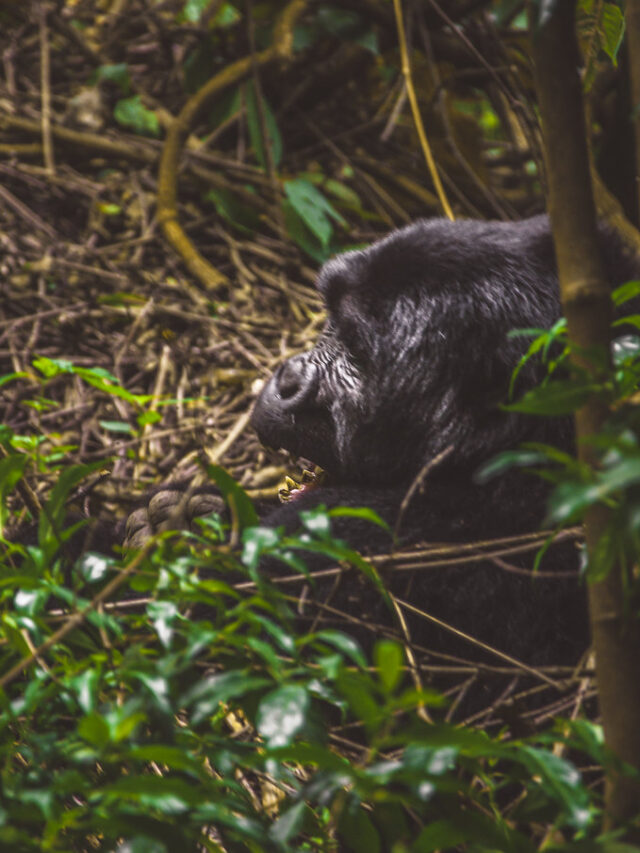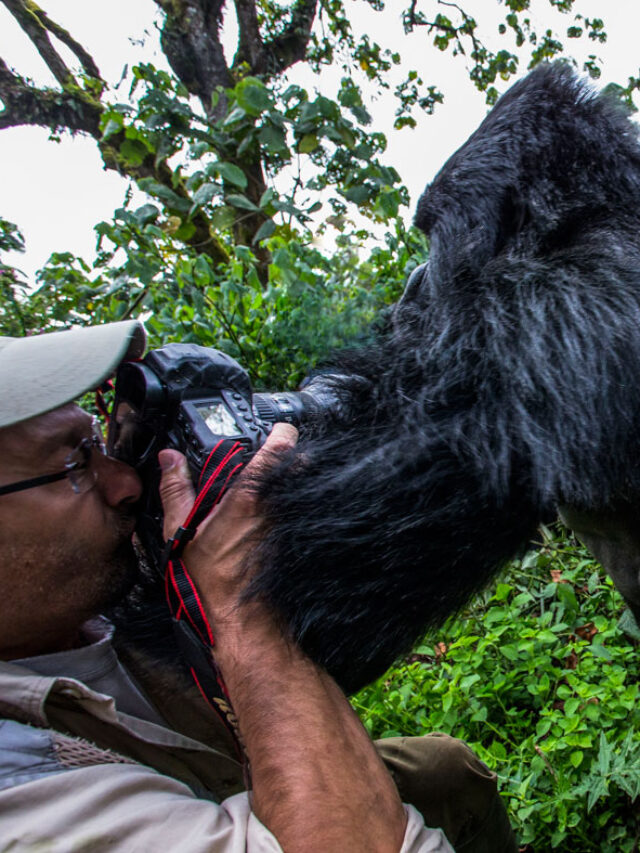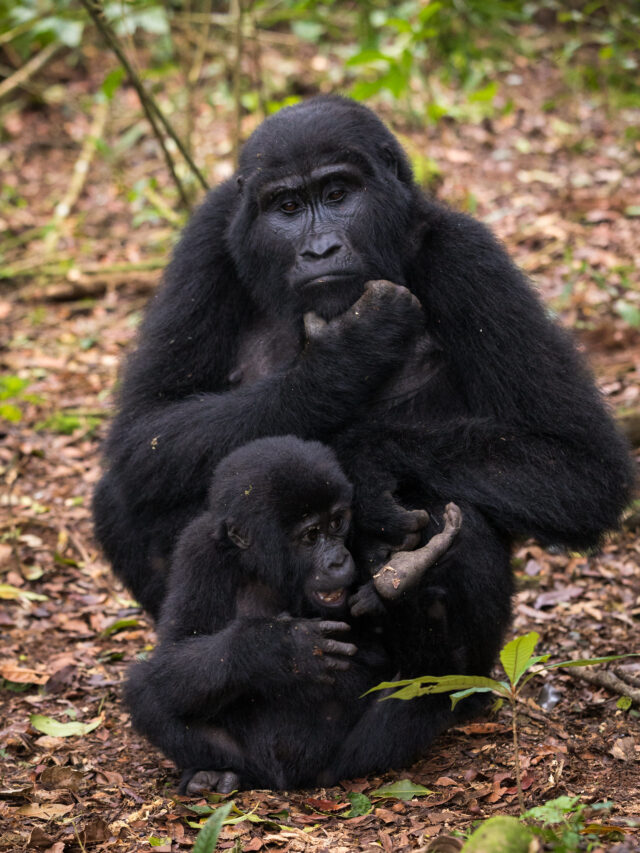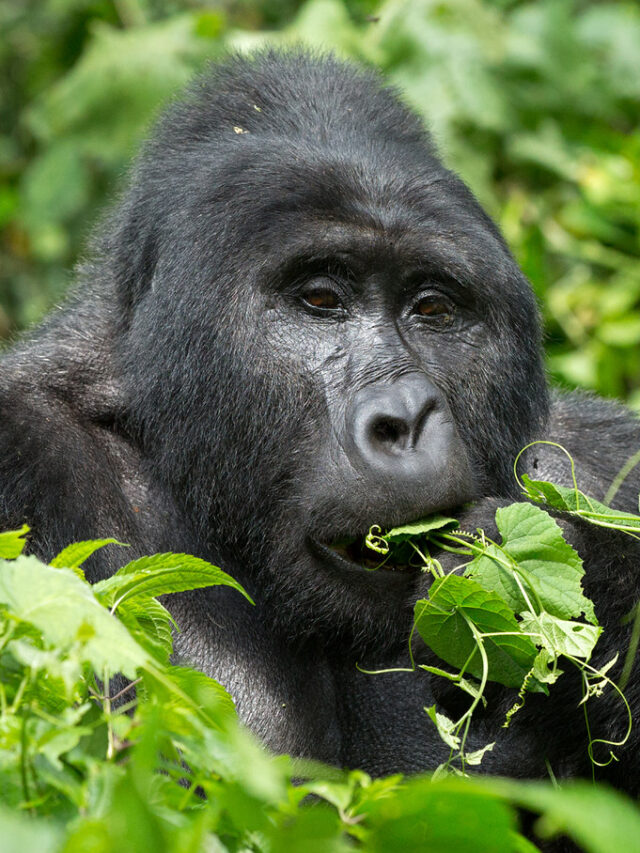Karuma Wildlife Reserve: Uganda’s Overlooked Wild Jewel Along the Nile
Where the White Nile Meets Wilderness
At the point where the mighty Nile river crashes dramatically through a series of rapids—boiling, tumbling, and churning with primal force—lies a lesser-known yet deeply significant corner of Uganda’s conservation landscape: Karuma Wildlife Reserve. Though often overshadowed by the neighboring Murchison Falls National Park, Karuma remains a breathtaking haven of biodiversity, scenic drama, and cultural heritage. Situated in Uganda’s northwestern region, this protected area is a hidden corridor that connects people, wildlife, and water in ways few places still do.
Karuma Wildlife Reserve forms part of the larger Murchison Falls Conservation Area, which includes Bugungu and Kabwoya reserves. Spanning an area of approximately 675 square kilometers, Karuma’s terrain is dominated by riverine forests, savannah woodlands, and grassy floodplains, all woven together by the lifeblood of the Nile. The area was established to act not only as a buffer zone for the national park but also as a key passage for wildlife movements and a sanctuary in its own right.
A Land Blessed by the Nile—and Challenged by Change
What truly distinguishes Karuma from other reserves is the Nile itself. The river here is no gentle stream—it surges through a series of rapids and waterfalls collectively known as the Karuma Falls, a thundering marvel that long served as a sacred and strategic site for indigenous communities. In fact, “Karuma” derives from the Luo word meaning “great spirit,” believed to have placed the rocks in the river. These spiritual beliefs still echo among local communities, and it’s easy to see why—standing on the banks of the Nile at Karuma is nothing short of humbling.
This reserve, however, is more than a scenic view. It is a delicate ecosystem that supports a wide variety of wildlife species. The rolling savannah is home to Uganda kob, waterbuck, warthogs, baboons, and olive monkeys, while elusive predators like leopards and lions occasionally make appearances. The Nile’s forested banks shelter hippos, Nile crocodiles, and a stunning diversity of birds including African fish eagles, kingfishers, cormorants, and shoe-billed storks.
But the same river that blesses the reserve also brings pressure. Infrastructure projects, including the Karuma Hydroelectric Power Station, have significantly altered the dynamics of both human settlement and wildlife patterns in the region. While the hydro plant is a milestone for Uganda’s national energy grid, its development brought with it increased road access, human activity, and inevitable habitat disruption. The challenge for conservationists now is to balance this essential development with the need to protect an already fragile ecological corridor.
A Strategic Gateway and Wildlife Corridor
Karuma’s location gives it immense ecological value. It sits right at the intersection of major wildlife migratory routes—connecting Murchison Falls National Park to the north, Bugungu Wildlife Reserve to the west, and the Nile corridor stretching eastward. This makes Karuma not just a standalone attraction but a strategic link in Uganda’s larger conservation puzzle.
When wildlife are allowed to move freely across protected areas, it increases genetic diversity, enhances ecosystem stability, and boosts the long-term viability of species. That’s exactly what Karuma is meant to support. Though less visited and with fewer tourism amenities, its role as a buffer and bridge cannot be overstated. Elephants, antelope, and even carnivores that wander from Murchison Falls often pass through Karuma, using its secluded glades and forest patches as resting zones or breeding grounds.
Efforts have been ongoing to integrate Karuma more firmly into Uganda’s conservation strategies. The Uganda Wildlife Authority continues to monitor wildlife activity and combat poaching in this corridor, which, despite its challenges, holds incredible potential to enhance Uganda’s eco-tourism future.
Exploring Karuma: Raw, Real, and Rewarding
Visiting Karuma Wildlife Reserve is not about luxury or commercial safari circuits—it’s about raw, immersive adventure. Most travelers pass through the area en route to Murchison Falls or Gulu, often unaware that this stretch of land teems with stories and spectacles. The Karuma Falls themselves are a must-see, not just for their power, but for the sense of wild majesty they embody.
There are no lodges within the reserve itself, but accommodations near Murchison Falls or roadside guesthouses along the Kampala-Gulu highway provide decent access. Camping is possible with special arrangement through Uganda Wildlife Authority, especially for researchers or adventure travelers seeking solitude and minimal disruption.
What makes Karuma rewarding is the lack of crowds. You’re likely to explore its dusty tracks and forest margins without another tourist in sight. Birdsong replaces engine hum, and the sounds of rushing water provide a natural soundtrack. For photographers, it’s a paradise of moody landscapes, golden savannah sunsets, and shimmering reflections on the Nile.
Preserving the Pulse of the North
Karuma Wildlife Reserve is not just a scenic stopover—it is a symbol of resilience, adaptation, and potential. Its proximity to development projects challenges conservationists to think more innovatively, to work hand-in-hand with local communities, and to ensure that progress does not mean erasure. With its rich biodiversity, critical role as a migratory corridor, and cultural significance, Karuma deserves recognition, protection, and sustainable investment.
In many ways, Karuma reflects the future of Uganda’s conservation model—a space where people and nature must find harmony, where the energy of a river powers both human ambition and ecological hope. Whether you’re drawn by the roar of its falls, the flight of its birds, or the silence of its untamed paths, Karuma invites you to witness the quieter side of Uganda’s wild soul.











